If you were born any time after 1983, there's probably a better than 50-50 chance that you'll be around in the summer of 2061 when Halley's Comet makes its 31st (observed) return through the inner solar system. Those who are older may have seen this famous comet on its last appearance during the winter of 1986. But whether you're here to greet the comet on its next return 41 years from now, you'll have a chance to spy some bits and pieces from Halley during these next few days.
Like other comets, Halley is a cosmic litterbug; about every 76 years as it sweeps closest to the sun, it leaves a "river of rubble" in its wake along its orbit. When the Earth interacts with that rubble river, those comet bits race through our atmosphere at high speeds to produce the effect of "shooting stars."
At two places the comet's orbit passes very close to our own orbit. The material that it releases into space on its way in toward the sun produce the October meteor shower known as the Orionids, while the material that is released after the comet has rounded the sun and is heading back to the outer limits of the solar system produce a meteor display in early May: The Eta Aquarids, which are due this week.
Video: Fireballs! Eta Aquarid meteors captured by NASA all-sky cameras
Related: Eta Aquarid meteor shower 2020: When, where and how to see it
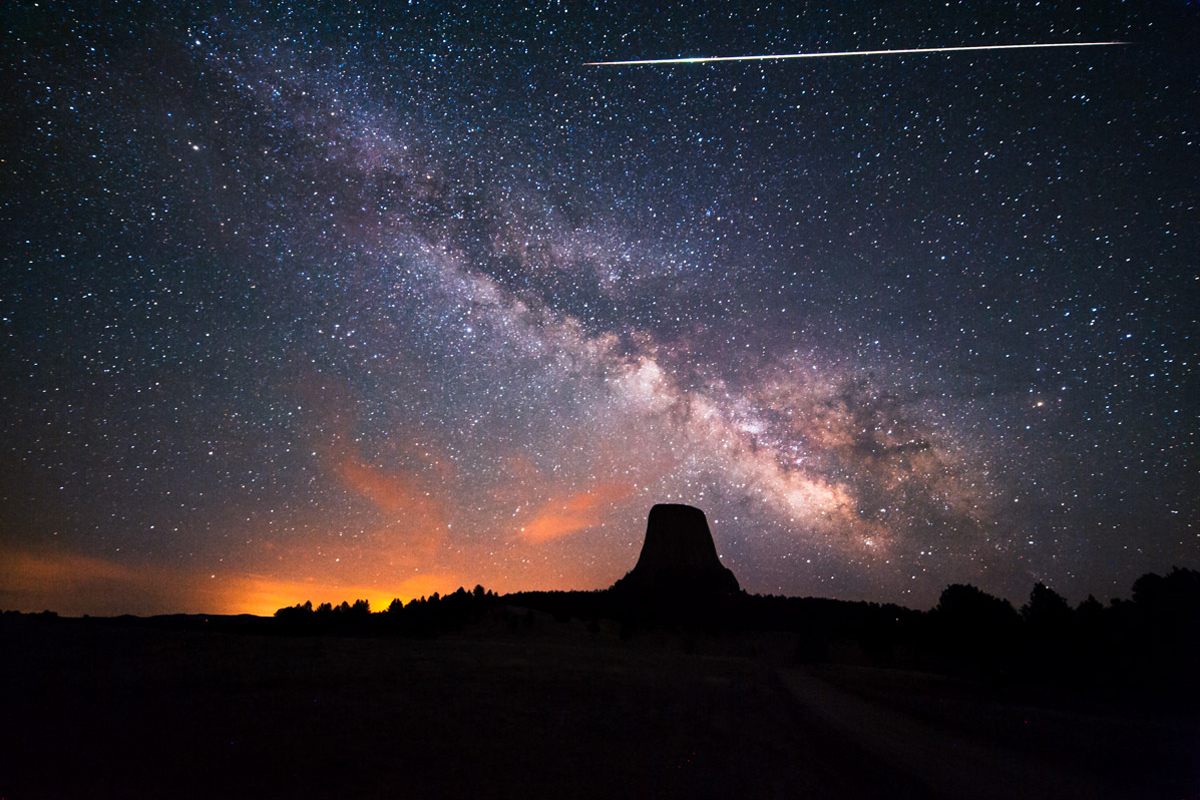
First sighted in 1870
Unlike some of the other annual meteor displays whose history can be traced back for hundreds or thousands of years, the Eta Aquarids were not "officially" discovered until the late 19th century. In 1870, while sailing in the Mediterranean Sea, Lieutenant Colonel G.L. Tupman sighted 15 meteors on the morning of April 30, and another 13 a few mornings later. All the meteors appeared to emanate from the constellation of Aquarius.
Then in 1876, Professor Alexander Stewart Herschel deduced that the orbit of Halley's Comet nearly coincided with Earth's orbit around May 4, and that if we encountered any comet debris capable of producing meteors, those streaks of light would seem to emanate from the vicinity of Aquarius.
Herschel immediately noted that Tupman's observations were very close to his prediction. In the years that followed, increasing numbers of other astronomers and observers also noted similarities between the orbits of Halley's Comet and the Eta Aquarid stream.
Get the Space.com Newsletter
Breaking space news, the latest updates on rocket launches, skywatching events and more!
Related: Photos of Halley's Comet through history
These streaks of light are produced by material which originated from the nucleus of Halley's Comet. This cosmic vagabond has traveled around the sun countless numbers of times over the centuries, each time leaving behind dust and grit similar in consistency and texture to cigar ash; each encounter with the Eta Aquarids brings with them the traces of a famous visitor from the depths of space — and quite possibly the dawn of creation.
Not many meteors will be seen
In their book "Observe Meteors: The Association of Lunar and Planetary Observers Meteor Observer's Guide" (Astronomical League, 1986), authors David Levy and Stephen Edberg wrote of the Eta Aquarids: "These meteors appear as fast streaks (average speed, 41 miles or 66 km/sec). The brightest leave long-lasting trains. Since they are on the outbound leg of their orbits, these meteors arrive mainly in daylight; thus the nighttime observation interval is short and occurs just before dawn."
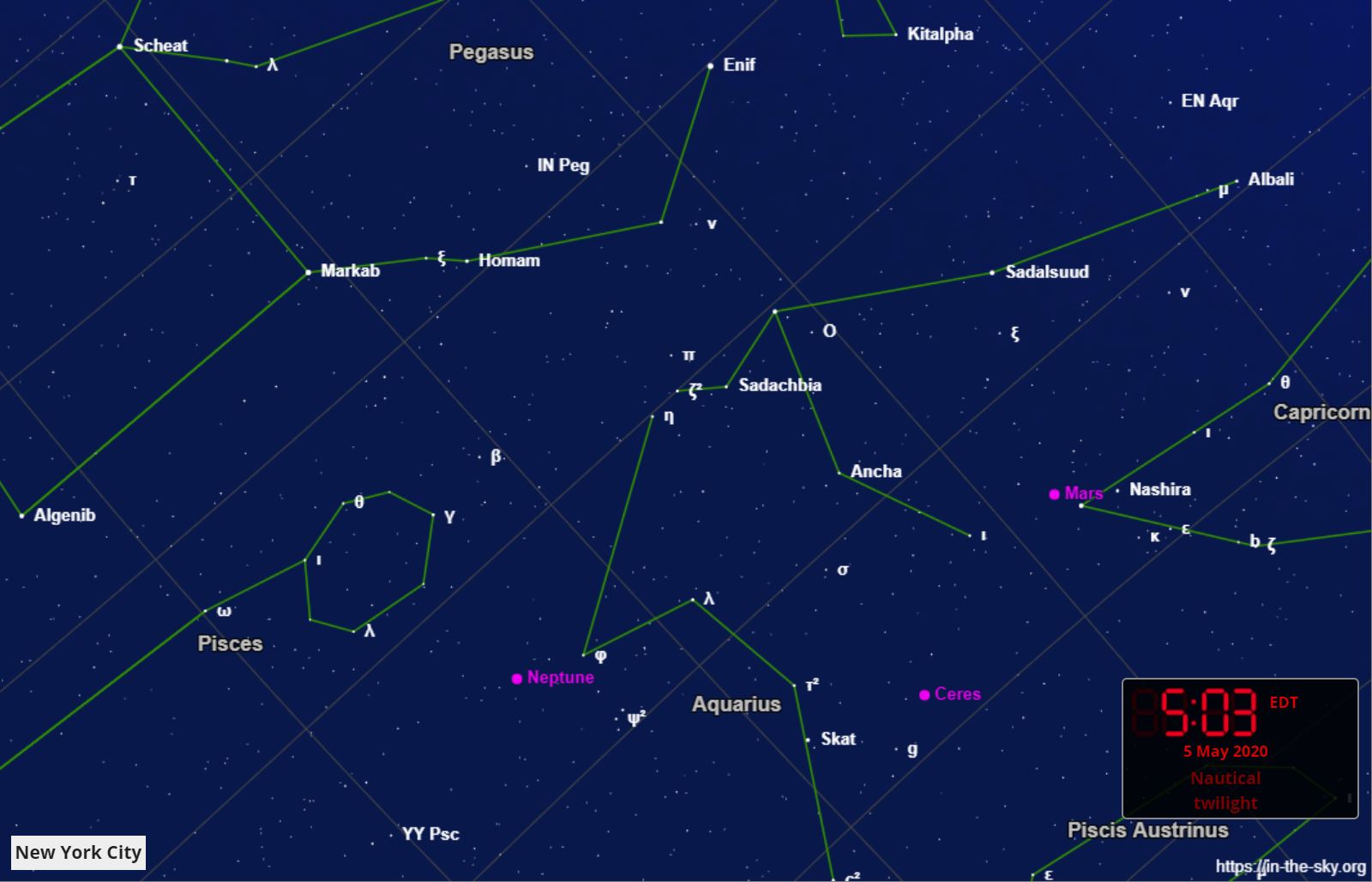
Because these meteors appear to radiate from a position low on the eastern horizon for mid-northern latitudes, watchers in the tropics are best placed. South of the equator this is one of the best meteor showers of the year, producing up to 60 per hour. Under the most favorable conditions from the southern United States, a dozen or more meteors per hour can be seen from the Eta Aquarid swarm. But observers from mid-northern latitudes may only see about half as many.
The Eta Aquarids are around for about a week. They're predicted to reach a maximum on Tuesday morning (May 5). Since the bright moon is just two days from full phase it will light up the sky all night, likely squelching all but the brightest of these celestial streaks of light. So, you might ask what's the sense of getting up before dawn to watch?
The answer is you might still see something spectacular.
Grazing the atmosphere
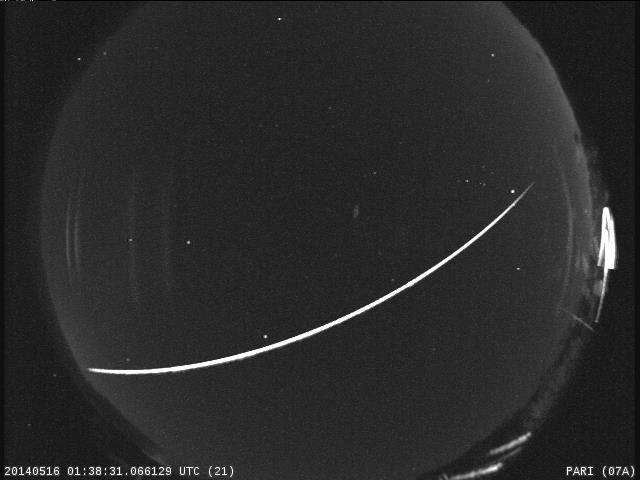
For most, perhaps the best hope is catching a glimpse of a meteor emerging from the radiant that will graze our atmosphere horizontally — much the same way as a flat rock can be made to skim across the top of a lake or pond.
Assiduous meteor observers refer to such meteors as "Earthgrazers," and they have a propensity to produce rather colorful and long-lasting trails. Such meteors produce unusually long paths and more often than not appear to move across the sky from a point rather low to the horizon.
Unfortunately these earthgrazers also tend to be few and far between. But if you happen to catch sight of just one, it will more than justify your getting out of bed and venturing outside at the crack of dawn.
Halley's upcoming return
Halley's Comet is currently approaching the far end of its orbit (aphelion). It will arrive there on Dec. 8, 2023 and then it will begin its long trek back toward the sun, reaching its closest point on July 28, 2061. It's expected to put on a good show in the evening sky during August of that year, hanging in the western sky after sundown, shining with the brightness of a star of the first magnitude — possibly even brighter. Its gossamer tail consisting of gas and dust, should point almost straight up from the horizon.
Related: A gift from Halley’s Comet: The Eta Aquarid meteor shower in photos
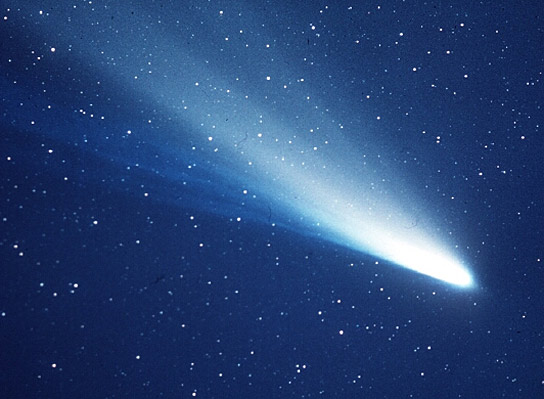
If you are among those who were around in 1986 when the comet made its most recent appearance, you either didn't see it, or if you did you likely were not impressed with the view.
I remember being at a comet watch that was held at Jones Beach, Long Island on a chilly Saturday night in January of that year. There was a long line of people waiting to get a glimpse of this famous object through my 10-inch telescope and as each person took a look through the eyepiece, I gave a running commentary of what they were looking at. The thing I remember the most was a comment uttered from a young lady who described what she was looking at as a "smur." I asked her what a smur was, and she said: "It's a cross between a smear and a blur."
Unfortunately, the 1986 return of Halley was its worst apparition in 2,000 years: When it was at its brightest, the comet was on the far side of the sun as seen from Earth, so it appeared much smaller and dimmer compared to its previous appearance in 1910 when it came so close to Earth that it possibly even brushed us with its tail.
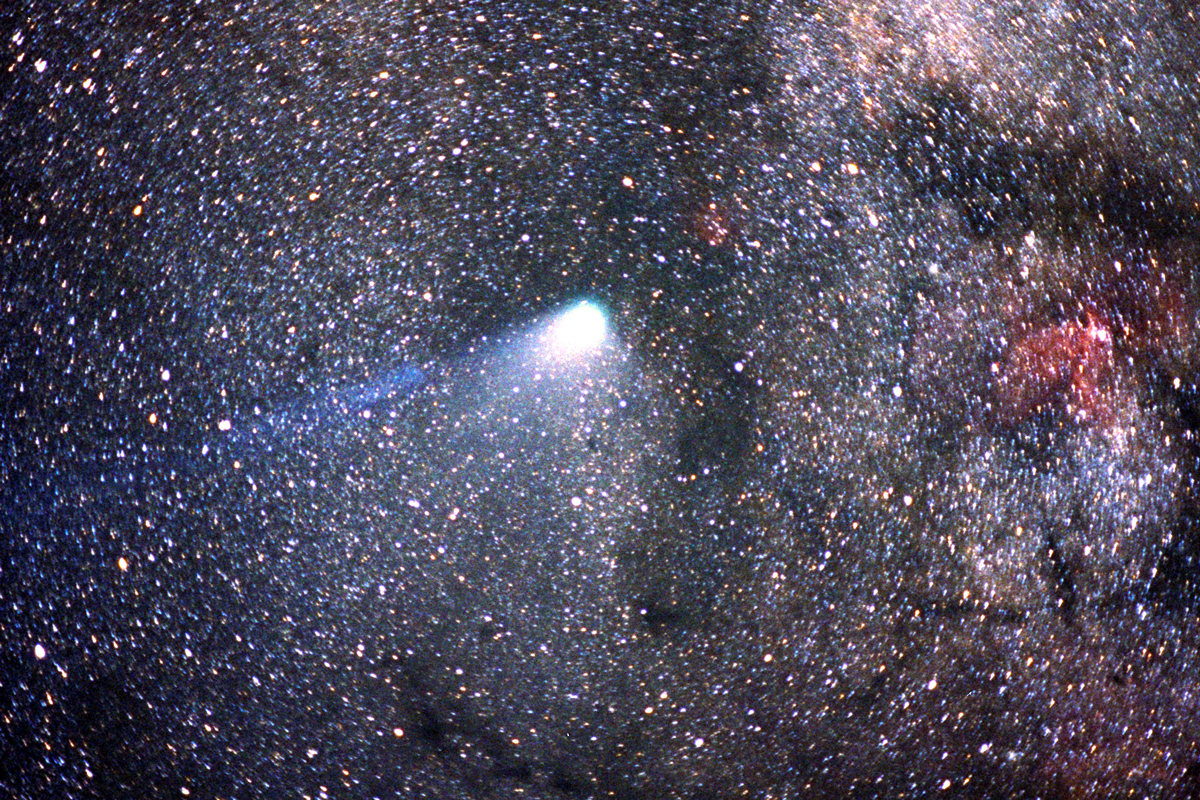
A final thought
Robert S. Richardson (1902-1981) was on the staff of the Mount Wilson and Palomar observatories, and later Associate Director of the Griffith Observatory and Planetarium in Los Angeles. In 1967, he wrote a book, "Getting Acquainted with Comets," (McGraw Hill, New York) and devoted a chapter to Halley's Comet. He finished that chapter by asking his readers to imagine the comet to be a living organism endowed with superhuman powers of perception. And yet, he mused, when it comes by Earth every three-quarters of a century, it finds a planet almost always engaged in either a war or revolution.
"Earth is the most favored planet in the solar system," the book reflects, "a planet neither too hot nor too cold, blessed with an abundance of oxygen, and water, and a fine big satellite to keep it company. What a wonderful world earth could be ... if only it weren't for the people!"
Editor's note: If you snap an amazing Eta Aquarid meteor shower photo that you'd like to share with us and our news partners for a possible story or image gallery, send images and comments to us at spacephotos@space.com.
- How to see the best meteor showers of 2020
- How meteor showers work (infographic)
- Meteor shower quiz: How well do you know 'shooting stars'?
Joe Rao serves as an instructor and guest lecturer at New York's Hayden Planetarium. He writes about astronomy for Natural History magazine, the Farmers' Almanac and other publications. Follow us on Twitter @Spacedotcom and on Facebook.
OFFER: Save 45% on 'All About Space' 'How it Works' and 'All About History'!
For a limited time, you can take out a digital subscription to any of our best-selling science magazines for just $2.38 per month, or 45% off the standard price for the first three months.
Join our Space Forums to keep talking space on the latest missions, night sky and more! And if you have a news tip, correction or comment, let us know at: community@space.com.

Joe Rao is Space.com's skywatching columnist, as well as a veteran meteorologist and eclipse chaser who also serves as an instructor and guest lecturer at New York's Hayden Planetarium. He writes about astronomy for Natural History magazine, Sky & Telescope and other publications. Joe is an 8-time Emmy-nominated meteorologist who served the Putnam Valley region of New York for over 21 years. You can find him on Twitter and YouTube tracking lunar and solar eclipses, meteor showers and more. To find out Joe's latest project, visit him on Twitter.










